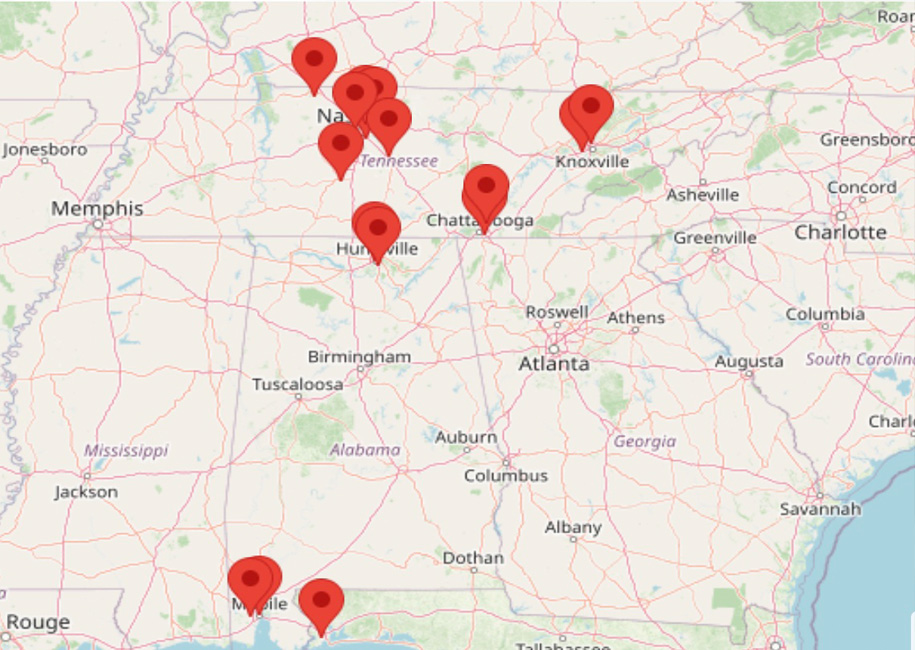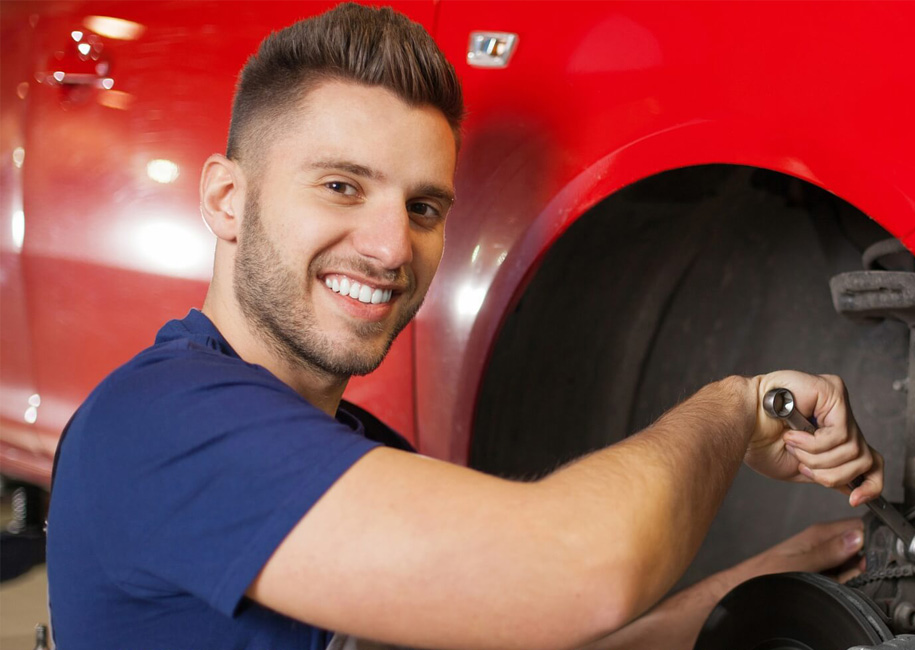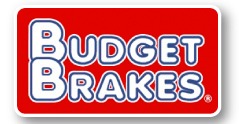#1 in Brake, Alignments and Suspension

Schedule an appointment at your nearest Budget Brakes location, and we will have you in and out as quickly as possible!

We have 16 locations conveniently located near you in Alabama, Florida & Tennessee. Find one near you!

At Budget Brakes, our low prices are not just for brakes; we offer a wide range of superior auto services for your car or truck.
Why Choose Budget Brakes?
At Budget Brakes our goal is simple: Provide you with great auto service, quality parts at low prices, and back it all up with a guarantee.
Watch Our Latest TV Ad
Auto Brake Repair Services You Can Rely On
Our Services
[icon_text box_type=”normal” icon=”fa-500px” icon_type=”normal” icon_position=”left” icon_size=”fa-lg” use_custom_icon_size=”no” title_tag=”h4″ separator=”no” separator_top_margin=”33″ link_text=”Find a Location” icon_color=”#ffffff” title=”Brakes” title_color=”#ffffff” text_color=”#ffffff”]
[icon_text box_type=”normal” icon=”fa-address-book-o” icon_type=”normal” icon_position=”left” icon_size=”fa-lg” use_custom_icon_size=”no” title_tag=”h4″ separator=”no” link_text=”Find a Location” icon_color=”#ffffff” title=”Drive Axles CV Boots/Joints” title_color=”#ffffff” text_color=”#ffffff”]
[icon_text box_type=”normal” icon=”fa-500px” icon_type=”normal” icon_position=”left” icon_size=”fa-lg” use_custom_icon_size=”no” title_tag=”h4″ separator=”no” separator_top_margin=”33″ link_text=”Find a Location” icon_color=”#ffffff” title=”Alignments (in select locations)” title_color=”#ffffff” text_color=”#ffffff”]
[icon_text box_type=”normal” icon=”fa-adn” icon_type=”normal” icon_position=”left” icon_size=”fa-lg” use_custom_icon_size=”no” title_tag=”h4″ separator=”no” separator_top_margin=”33″ link_text=”Find a Location” icon_color=”#ffffff” title=”Shock Absorbers and Struts” title_color=”#ffffff” text_color=”#ffffff”]
[icon_text box_type=”normal” icon=”fa-angellist” icon_type=”normal” icon_position=”left” icon_size=”fa-lg” use_custom_icon_size=”no” title_tag=”h4″ separator=”no” separator_top_margin=”33″ link_text=”Find a Location” icon_color=”#ffffff” title=”Steering Parts” title_color=”#ffffff” text_color=”#ffffff”]
[icon_text box_type=”normal” icon=”fa-apple” icon_type=”normal” icon_position=”left” icon_size=”fa-lg” use_custom_icon_size=”no” title_tag=”h4″ separator=”no” separator_top_margin=”33″ link_text=”Find a Location” icon_color=”#ffffff” title=”Suspension Parts” title_color=”#ffffff” text_color=”#ffffff”]
[icon_text box_type=”normal” icon=”fa-adn” icon_type=”normal” icon_position=”left” icon_size=”fa-lg” use_custom_icon_size=”no” title_tag=”h4″ separator=”no” separator_top_margin=”33″ link_text=”Find a Location” icon_color=”#ffffff” title=”Tire Rotation” title_color=”#ffffff” text_color=”#ffffff”]
[icon_text box_type=”normal” icon=”fa-angellist” icon_type=”normal” icon_position=”left” icon_size=”fa-lg” use_custom_icon_size=”no” title_tag=”h4″ separator=”no” separator_top_margin=”33″ link_text=”Find a Location” icon_color=”#ffffff” title=”Wheel Balance (in select locations)” title_color=”#ffffff” text_color=”#ffffff”]
[icon_text box_type=”normal” icon=”fa-apple” icon_type=”normal” icon_position=”left” icon_size=”fa-lg” use_custom_icon_size=”no” title_tag=”h4″ separator=”no” separator_top_margin=”33″ link_text=”Find a Location” icon_color=”#ffffff” title=”Suspension Parts” title_color=”#ffffff” text_color=”#ffffff”]

